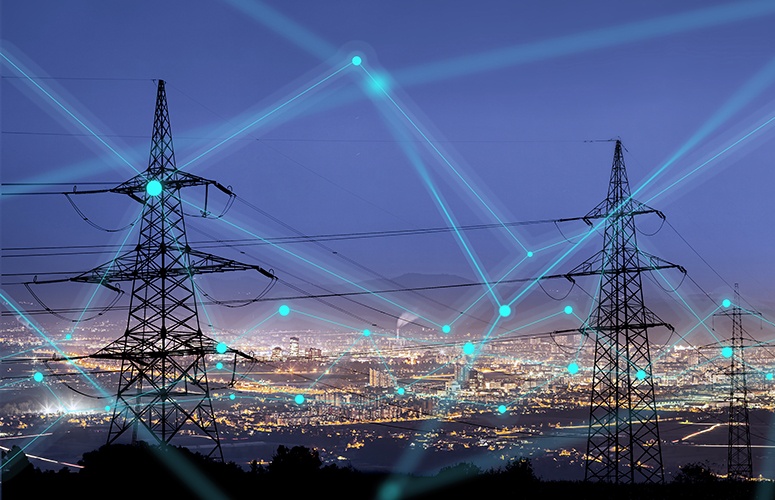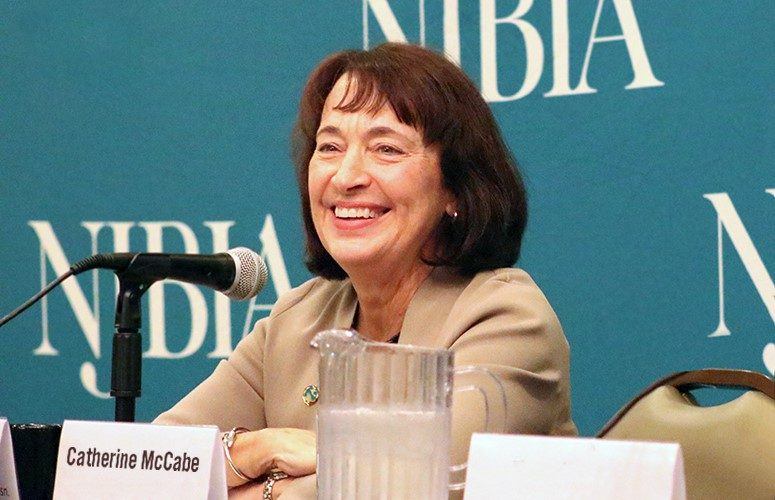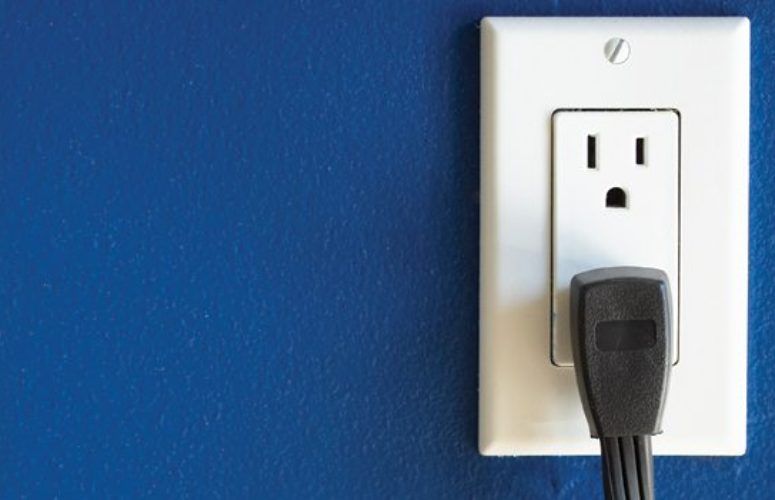
The Case for an Affordable Energy Master Plan
At Issue
By Ray Cantor, NJBIA Vice President of Government Affairs On Oct 1, 2019With the sting of summer electricity bills still fresh in everyone’s mind, it’s a good time to take a look at New Jersey’s draft Energy Master Plan (EMP). Many changes being contemplated in the state’s main energy policy guide could soon have us recalling 2019 energy bills with the same nostalgia reserved for $5 movie tickets.
The 108-page plan, which was unveiled in June and is expected to be adopted by the end of the year, encompasses Gov. Phil Murphy’s goal to convert New Jersey’s electricity production to 100% clean energy by 2050. The EMP strives to dramatically expand the use of alternative energy in ways that will affect the vehicles we drive and how we heat our homes and businesses.
This is an ambitious goal, to be sure. The good news is New Jersey has already taken major steps to ensure a cleaner energy future. The state has been incentivizing solar, developing state-of-the-art combined cycle natural gas electricity generation and closing old coal plants. The Global Warming Response Act (GWRA) mandated the state to lower carbon emissions to 80% of their 2006 levels by 2050. New Jersey is well ahead of schedule, attaining its 2020 GWRA goal back in 2015.
New Jersey also is poised to continue along this path through greater solar generation, offshore wind production, electric and other zero-emission vehicle incentives, and improved energy efficiency.
However, many supporters of the 2019 EMP think New Jersey’s energy policies do not go far enough. As a result, the draft plan calls for full conversion of New Jersey’s electric generation sector to clean energy. NJBIA estimates that this alone will cost about $115 billion, which equates to about $40,000 per household. Add to that tens of thousands of dollars more by factoring in the cost to retrofit residential buildings.

NJBIA Vice President of Government Affairs
Then there is the cost of replacing natural gas. Currently, natural gas heats more than 75% of New Jersey’s homes and businesses – with another 10% coming from oil and propane – and it generates more than 50% of our electricity. Eliminating natural gas as an energy source will produce even higher utility bills than what New Jersey residents pay now.
Unfortunately, no official public estimates exist on how much the EMP will cost if it is adopted as currently written. NJBIA was able to come up with an estimate for electricity generation based on what is known, but whether or not some of these initiatives are feasible is getting very little attention. The state has done no cost analyses on the conversion to 100% clean energy by 2050, or the banning of gasoline-powered vehicles, or the repowering of our electrical generation and transmission systems. At this point, there hasn’t even been a comprehensive discussion about how all of this will impact ratepayers.
Suffice it to say these policies will be prohibitively expensive. NJBIA has made this point by testifying at BPU hearings and participating in the Integrated Energy Planning process, a fact-gathering and modeling exercise intended to determine the least costly path to implementing the goals of the EMP.
New Jersey already has one of the nation’s cleanest electricity generation sectors with a diversified reliance on clean natural gas, nuclear power and renewables. The administration wants to set even higher standards for clean energy initiatives, and in that sense, the current draft of the Energy Master Plan is truly aspirational, but at what cost? Implementing the draft EMP as it currently is written would be so expensive it would significantly increase transportation and energy costs that New Jersey residents and businesses pay.
What New Jersey really needs is an energy master plan that is both affordable and feasible.
To access more business news, visit NJB News Now.
Related Articles:





